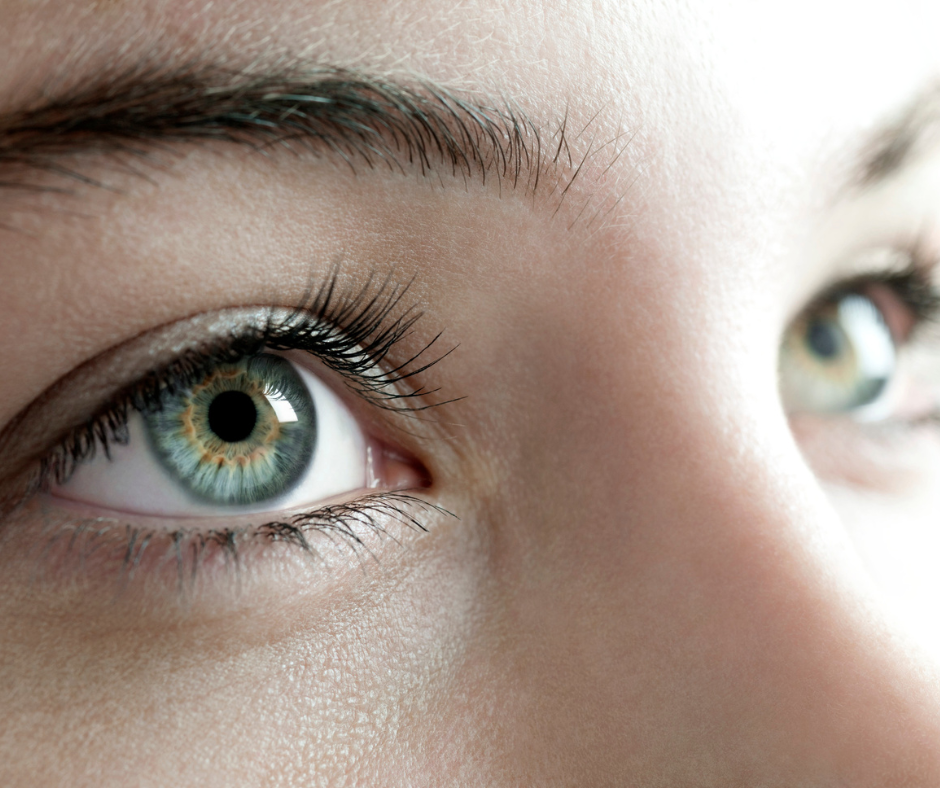
Are you interested in getting rid of your reading glasses and bifocals? Looking for a procedure that can restore your vision even though you don’t qualify for laser eye surgeries such as Photo-Refractive Keratectomy (PRK) or LASIK? Well, the Refractive Lens Exchange procedure may be a great option for you! Read on to find out more.
The Refractive Lens Exchange (RLE) procedure is essentially identical to cataract surgery with one key difference: it’s performed on patients who don’t have visually significant cataracts. In cataract surgery, the goal is to remove the natural lens in the eye because its cloudiness has resulted in blurred vision, while in RLE the goal is to replace the natural lens with a multifocal lens implant to get rid of prescription glasses and reading glasses.
RLE replaces your natural lens with a clear, artificial one, called an acrylic multifocal intraocular lens (IOL). This implant restores your vision and ensures that you will no longer have to rely on prescription and reading glasses.
The procedure:
Before the surgery, you may be given a mild sedative and topical anesthetic eye drops. Your ophthalmologist will make a small incision at the edge of your cornea with a femtosecond laser, remove your natural lens, and replace it with the artificial implantable lens. The whole procedure is painless and only takes 7-10 minutes per eye. No stitches are needed, and your vision should be fully clear in a few days.
Recovery is fairly quick, and most often, patients can resume driving and other normal activities within a few days of the surgery. In a few weeks, your vision should be excellent without the need for any glasses. Until then, you may have mildly blurred vision, glare, eye halos and slight discomfort.
Am I a candidate?
Good candidates for this procedure include patients ages 45-60 years old who have to wear reading glasses, are nearsighted or farsighted, and have minimal cataract formation. Also, those who want to treat presbyopia (the gradual inability to focus on close objects without reading glasses) with a multifocal implant may find that this procedure is an amazing option.
RLE surgery works for a lifetime and prevents you from forming cataracts. If this procedure sounds like a good fit for you, please contact Dr. Salisbury today at https://salisburyvisio.wpengine.com/contact/.


